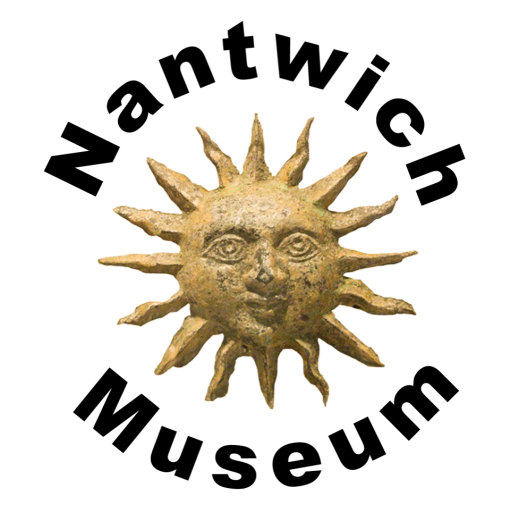
Nantwich Museum has celebrated the town’s salt-making history by making salt in the Square by the traditional method of evaporating brine. Visitors were able to view the boiling of local brine similar to that taken from Nantwich’s Old Biot salt spring, which for centuries supplied the brine upon which the town’s prosperity was built. The remains of that spring can still be seen on the banks of the river downstream from the Town Bridge. Experts from Nantwich Museum and Middlewich Heritage Trust were on hand to explain the process and answer questions.
Some 60 litres of brine were employed, and the demonstration served as an archaeological experiment to learn more about how salt was made, a surprisingly complex process involving great expertise. Measurements were taken of temperature, salinity and the rate of evaporation throughout the boil.
In the past, the people of Cheshire’s salt making towns appreciated the gift of brine. On Ascension Day up until the early 18th century the inhabitants of Nantwich, once known as Hellath Wen, would decorate the Old Biot. Dressed in their gala clothes they would spend the day dancing, feasting and making merry around the spring.The occasion is depicted in a painting by Nicholas Ferenczy which can be seen in the museum.
On this occasion, the Revd Dr Mark Hart from St Mary’s Parish Church was introduced by the Town Crier, Devlin Hobson and blessed the brine and salt- making process, recalling the Ascension Day celebrations. Those celebrations included the singing of a thanksgiving hymn, “Blessing the Brine.” The XI and XII verses and chorus convey the sentiment:
XI.
“So when Ascension’s morn appears,
As years succeeding follow years,
Shall ‘Hellath Wen ‘ her children see
United here for mirth and glee.
XII.
And as our Saviour on this day
Triumphant rose from earth away.
So shall our thanks to Heaven arise,
So let our praises reach the skies.
XIII. Chorus.
Wreaths of varied hue we bring,
Flowers of the early spring,
Hand in hand we form a ring,
Round Old Biat pit to sing,
God bless the Brine.”
The demonstration included a display telling the story of Cheshire salt and the types of salt that could be produced. The museum is developing a science workshop aimed at school years 4 and 5 called ‘A story of a River’. It will include a river and lakeside tour, and explore topics science, geography, geology and local history topics. Pupils will be scientists for the day, exploring the properties of our water systems and the local brine, making their own salt, and using techniques and equipment to test the water and brine samples.



